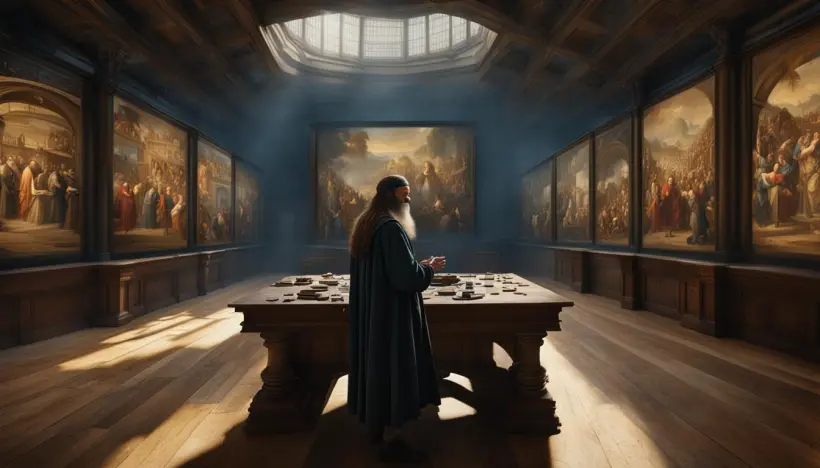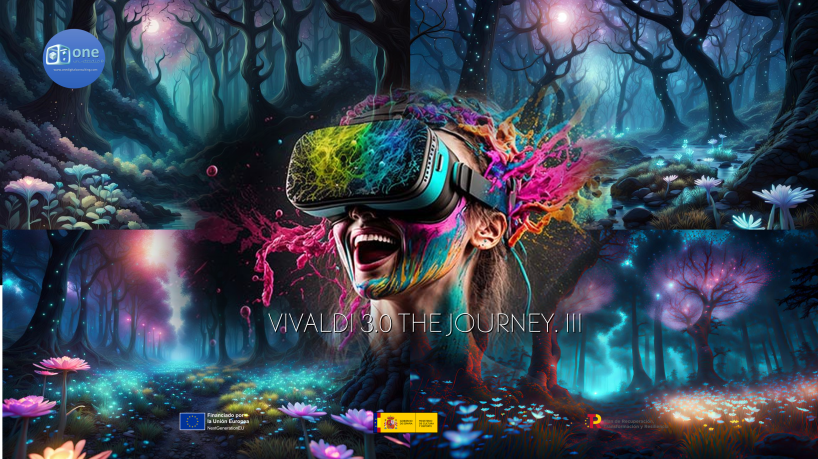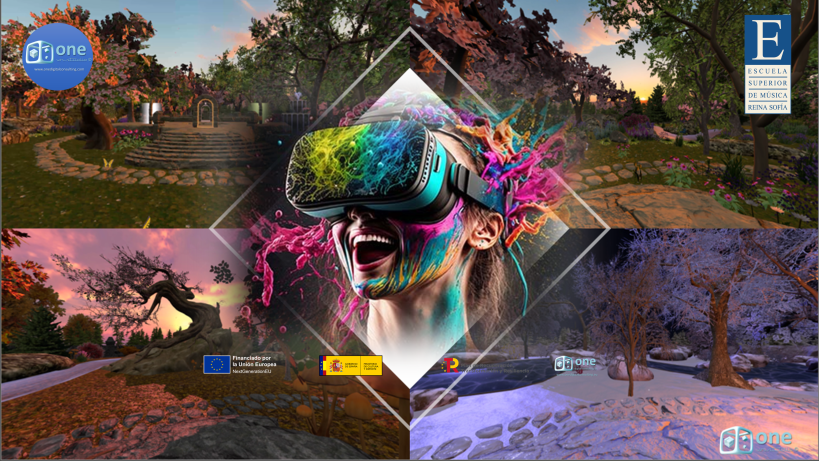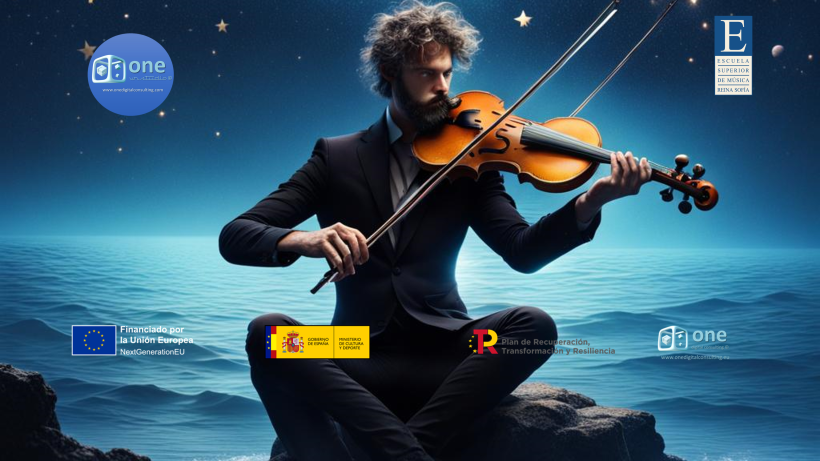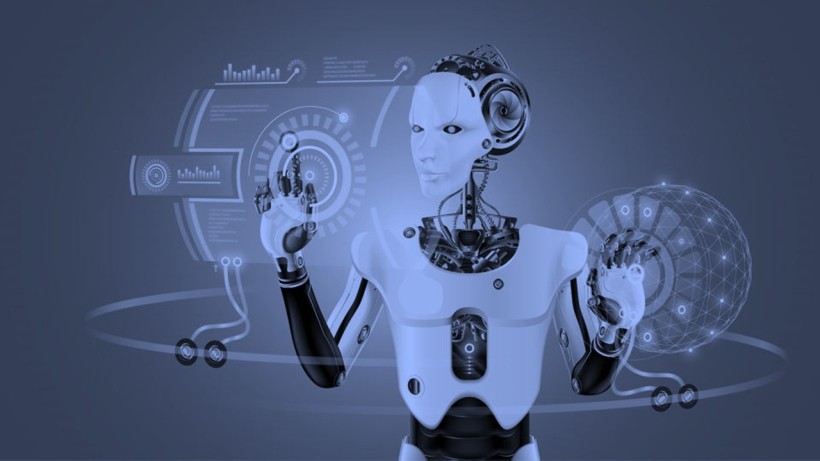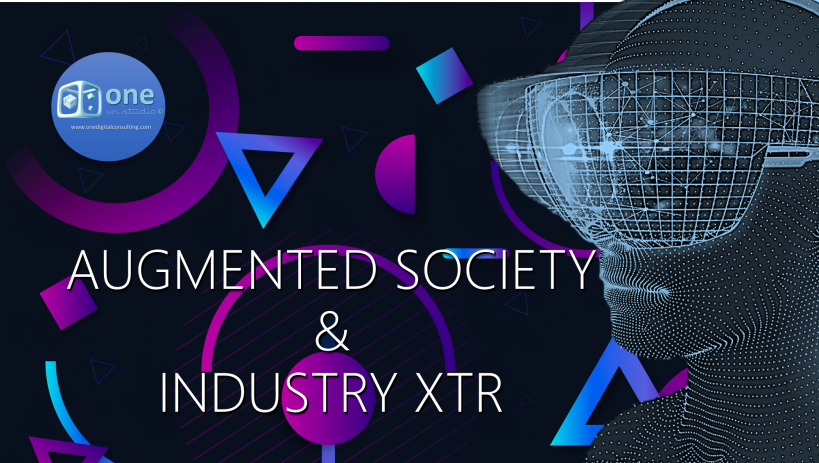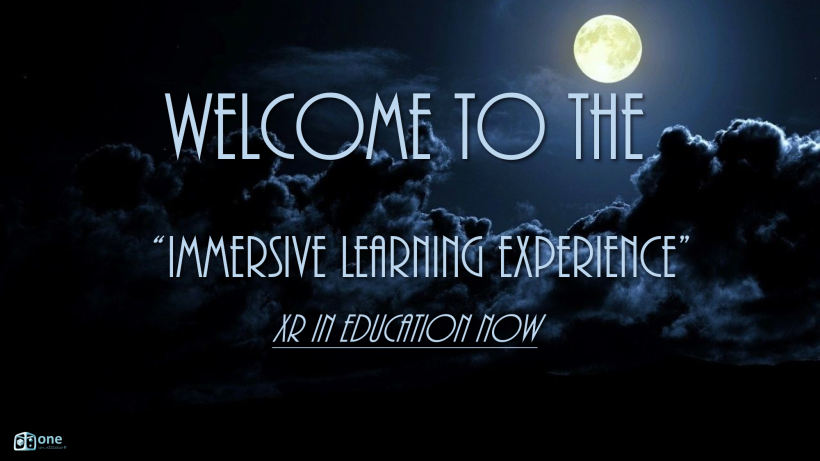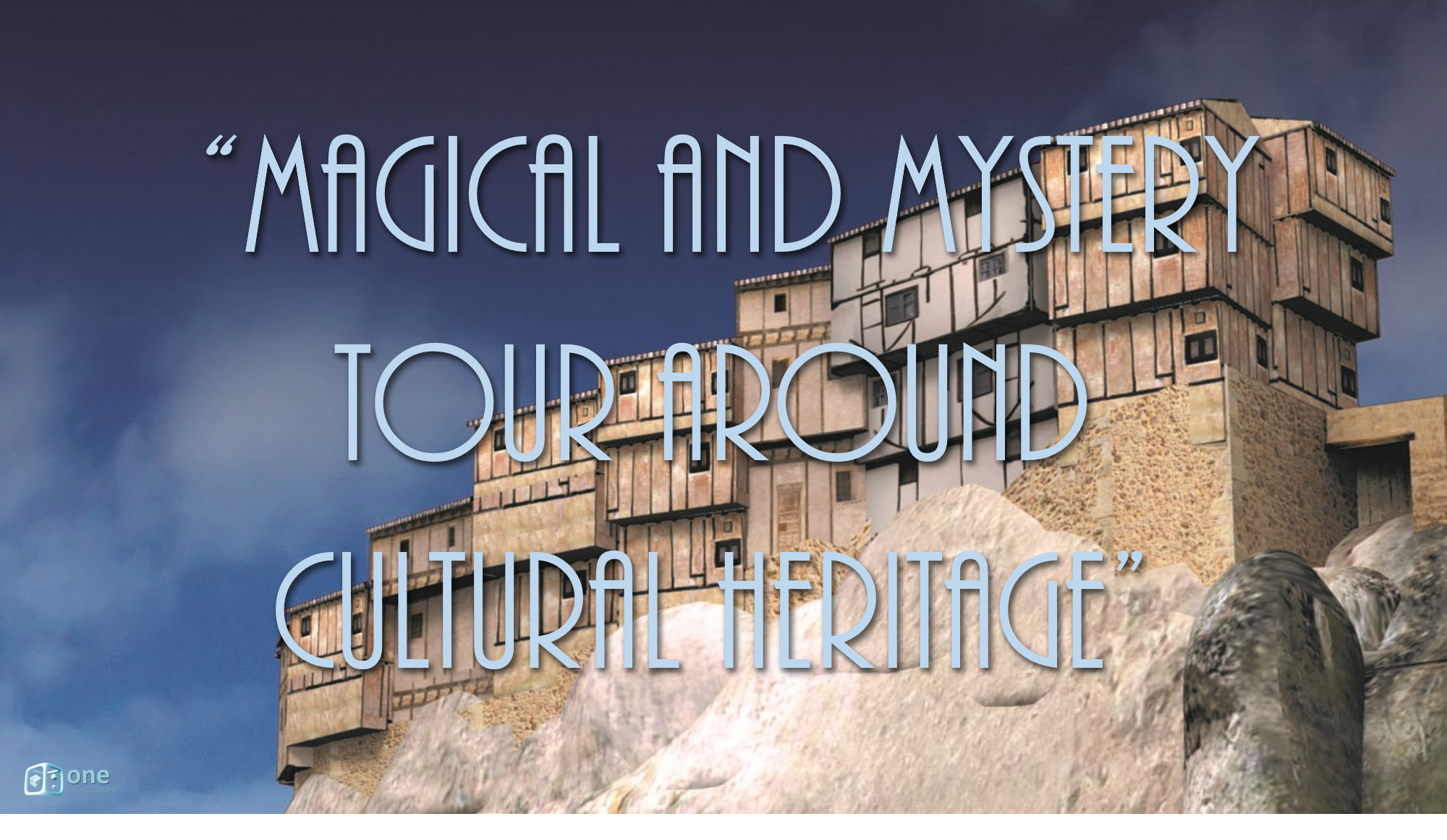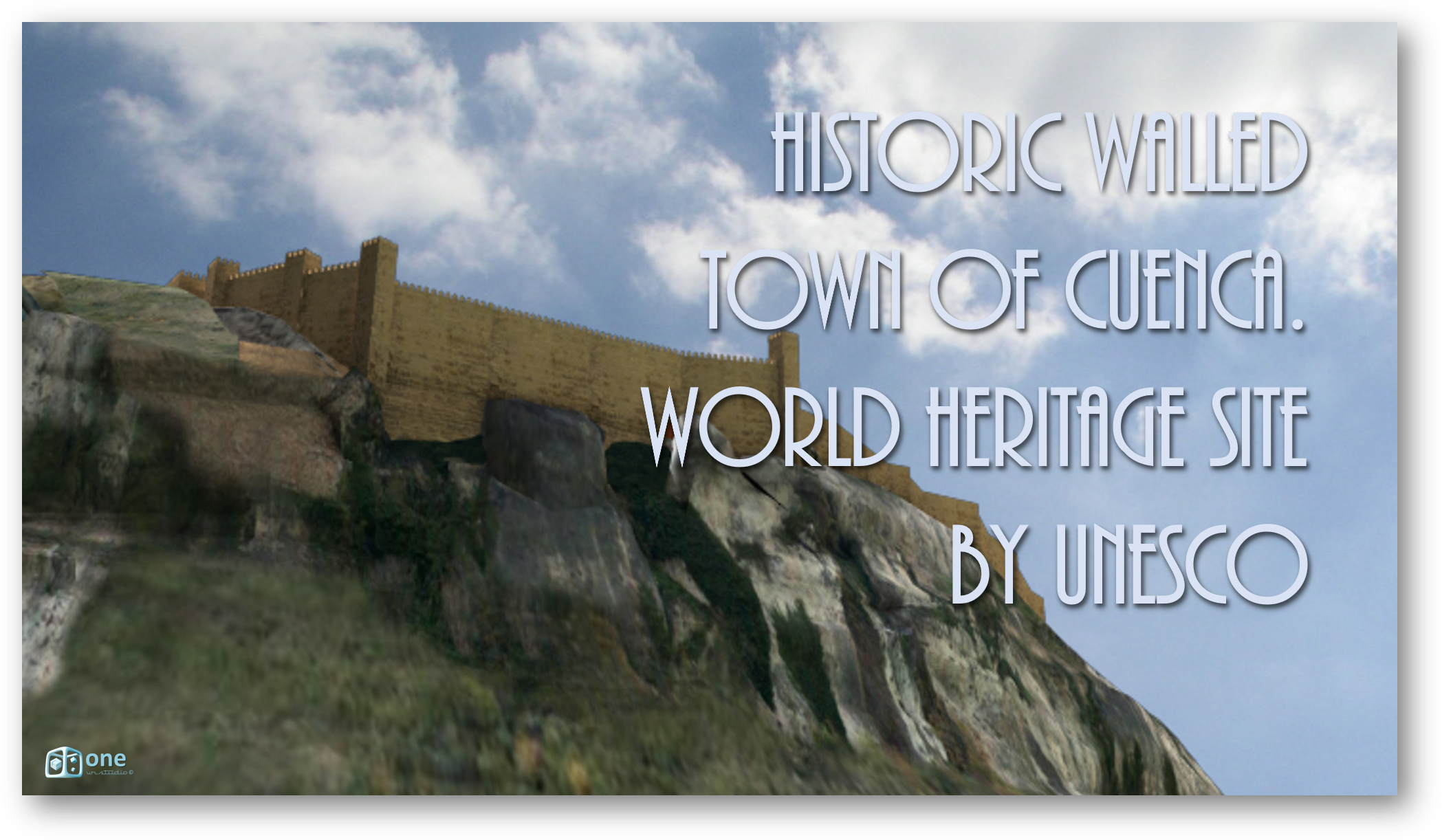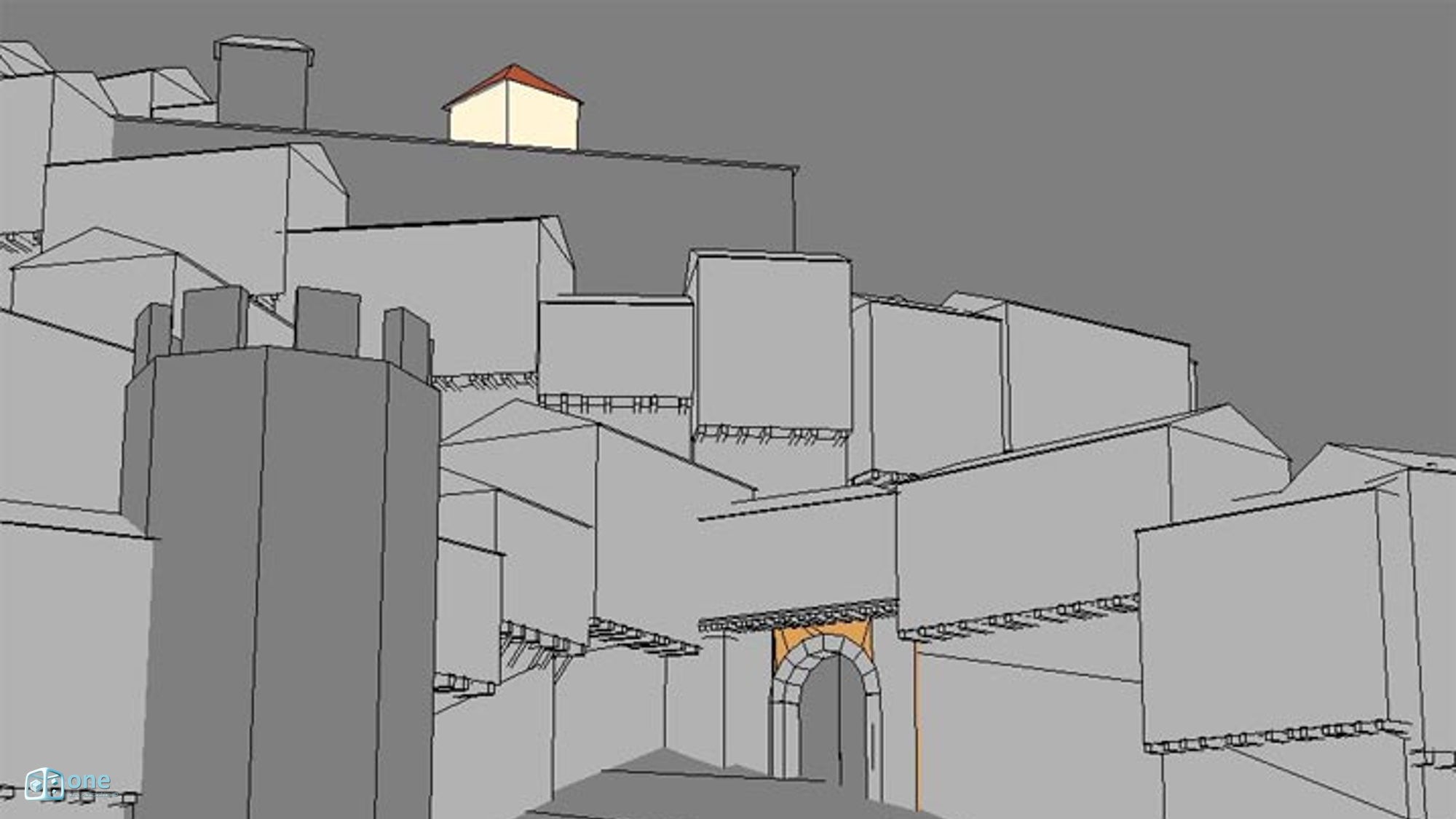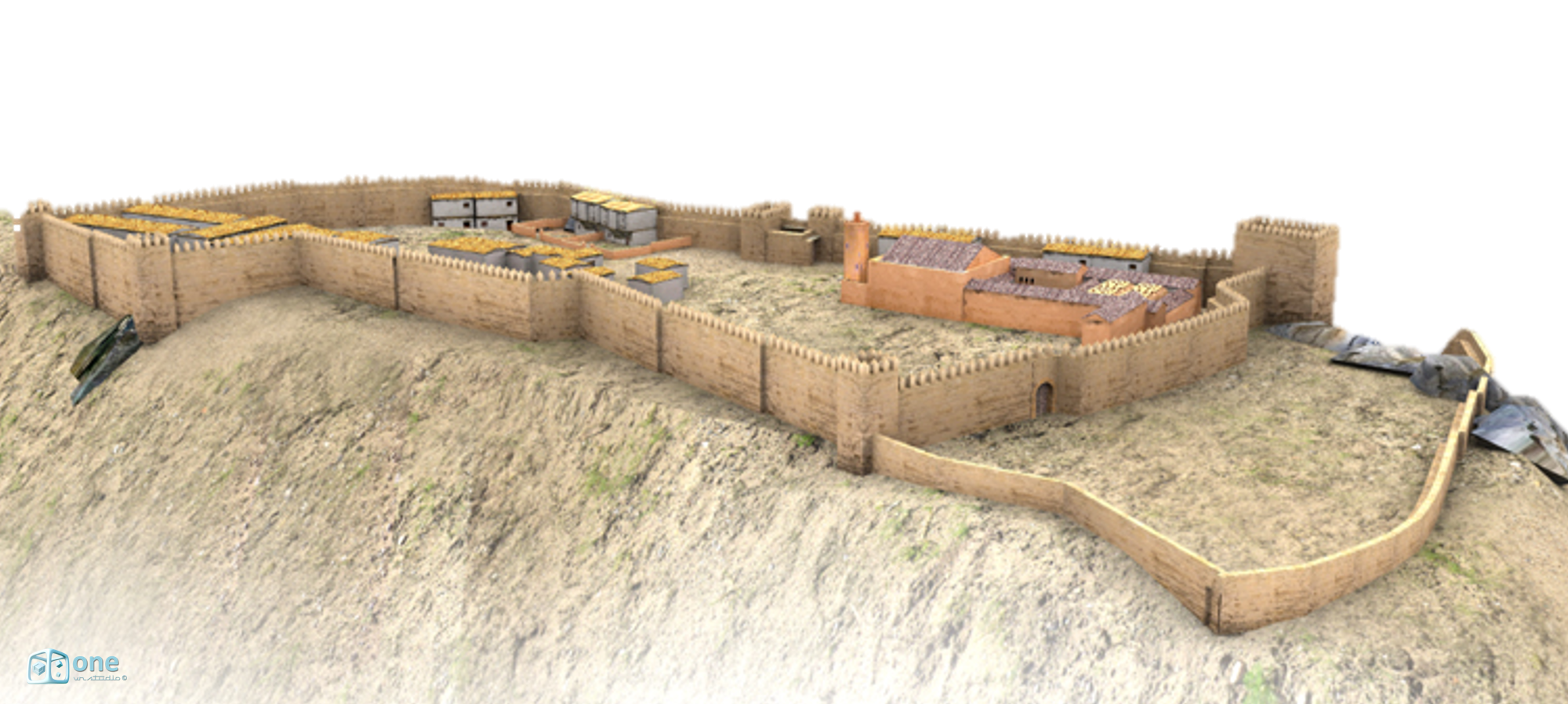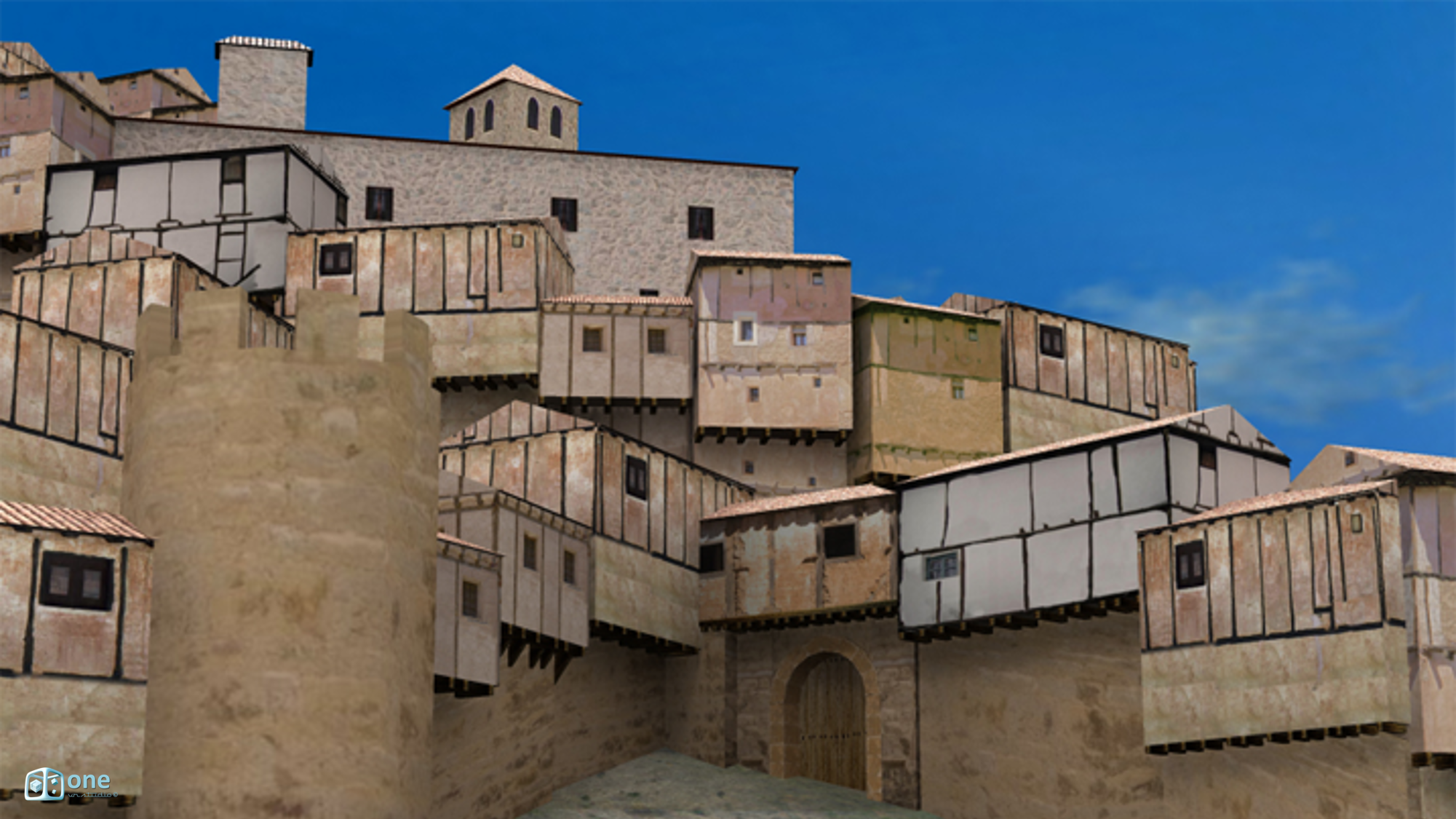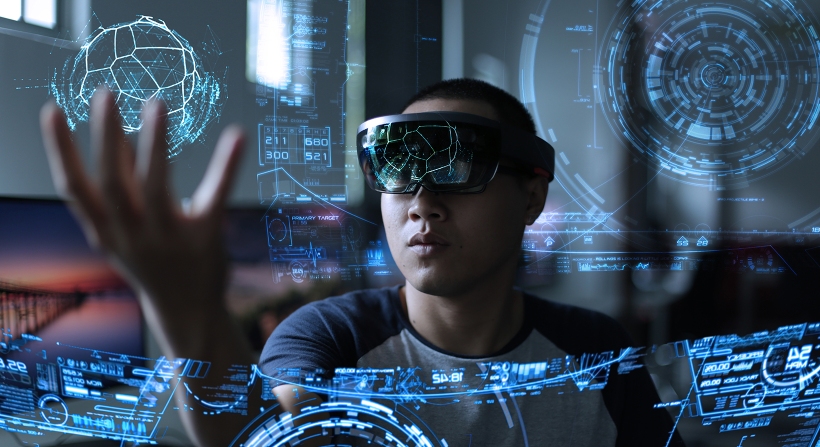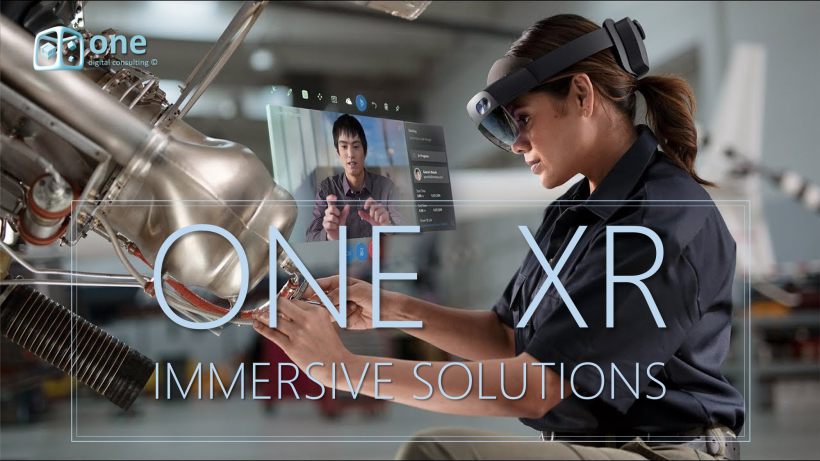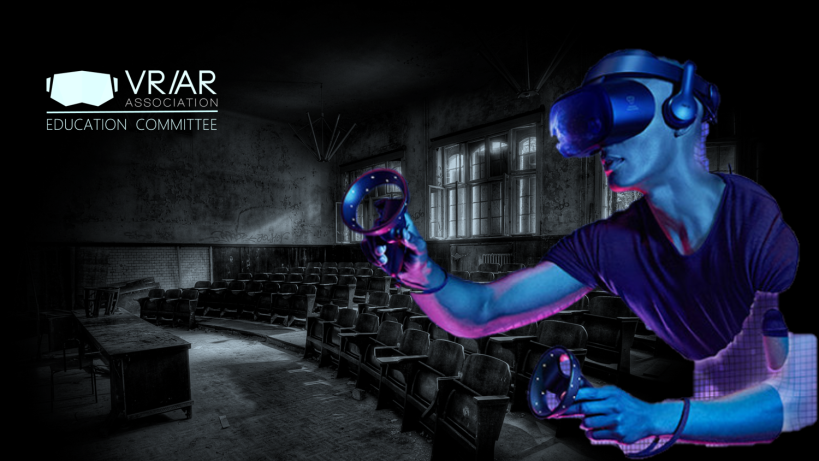«In the immersive universe of Vivaldi 3.0, we explore the Four Seasons from an innovative and unique perspective. In each season, you can discover the values of nature and how they are endangered by climate change, in a painting that gradually unfolds as we uncover the passage through each one of them. Water, air, earth, and fire blend with the music and sonnets of Vivaldi. The adventure ultimately leads us to discover these elements, revealing the mysteries of the seasons, immersing us in an interactive and visually stunning musical experience.
THE VISION:
Vivaldi 3.0 is the missing piece to recreate the puzzle of creativity and innovation in digital media and its projection into the educational and entertainment world, without forgetting the concerts on its multiple platforms.
A concept born from the fusion of ideas based on Vivaldi’s innovative work, the interpretation of the International Musician Ara Malikian, and a group of professionals in search of the natural evolution of the cycle of life. Integrating art, music, interpretation into the digital world, enhancing the values of humanity and nature, has been the fundamental key of this project.
A first step towards a new metaphorical universe, still to be explored, and in which we feel fully committed. Therefore, at the beginning of this journey, we set ourselves very clear objectives:
- Contributing to the exponential growth of the digital sector in Spain and Europe, by designing and developing new content and interactive media through emerging immersive technologies.
- Fostering and accelerating innovation in the sector by presenting a program based on the latest technologies with an innovative and cross-cutting hybrid format, focused on both national and international markets, while valuing European artistic heritage.
- Bringing knowledge of creative arts and music to society, facilitating access, and democratizing their use through a hybrid platform that highlights the ability of creative arts to evoke emotions and bring people together.
- Encouraging and accelerating the participation of a greater number of young women in the digital industry, promoting the employment of new generations, through promotion and dissemination in their usual channels, and the development of activities focused on them.
- Promoting entrepreneurship in innovation, in the new professions and skills required throughout the development of this project, by requiring advanced knowledge in disruptive innovative technologies, which will necessitate specific additional training as part of the comprehensive training plan for the project team.
On the other hand, artists and musician’s collectives are demanding new approaches to reach audiences increasingly distant from traditional performance venues. Additionally, the detachment of young people from traditional models of participating in live events is directly impacting the current ecosystem of creators and artists in a significant way.
THE CHALLENGE
Therefore, in close collaboration with the Reina Sofia Superior School of Music, we set out to delve into the world of young people through education, in schools, seeking new approaches and participation in digital environments, such as video games and immersive experiences.
Addressing such a specific issue in the current complex scenario requires experienced partners, with a clear and focused objective at its core: Education.
In collaboration with the Reina Sofia Superior School of Music, we embarked on a journey to engage with young people through education, in schools and educational centers, seeking new approaches and involvement in digital environments, such as video games and immersive experiences.
The experience carried out in previous years by both organizations in schools across Spain, «Music with the 5 Senses”, has served as a reference point for us to continue advancing and improving on this path. The results obtained so far have been truly extraordinary.
Hence, we wanted to tackle this new challenge with a much more ambitious, cross-cutting, international, and multicultural approach, capable of becoming a benchmark icon and growing over time, adapting to technological evolution at every moment. Incorporating cross-cutting values such as equality, sustainability, and planet preservation, and observing their impact on elements through music.
THE PROJECT
Moving this project forward requires working with the best partners, sharing a common vision, and betting on an innovative and disruptive idea capable of exciting and engaging the widest possible audience. After all, we are all students of life, constantly updating and revising. And the pieces of the puzzle fit perfectly. Vivaldi and The Four Seasons allowed us to develop the idea to its fullest extent, the Reina Sofia Superior School of Music, the ideal companion to bring the experience to schools and educational centers, and musician Ara Malikian, a key piece in this picture, capable of painting and interpreting unique scenes around Vivaldi’s work.
Vivaldi 3.0 is not a video game, nor is it a 360º movie; it is a unique experience in which the visitor discovers, explores, plays, and interacts with nature, the work, and the musician in an absolutely immersive way.
A highly complex project that has required an international team of over 50 people, including technicians, designers, producers, editors, programmers… 3 days of recording with 360º 8K cameras, ambisonic surround sound, hundreds of hours of production, editing, and development, the creation of interactive virtual worlds, video editing and animations for live concerts, volumetric capture, etc… representing Vivaldi’s four seasons from a perspective you’ve never imagined before.
Some figures about the project: Over 6 intense months of work, involving an international team with more than 50 professionals, exceeding 4,500 hours of production and development, 3 days of live concert recording, 1 day and two live media concerts with over 600 students from 10 public and private schools, along with international presentations in various media outlets…
Technologies and production software: Insta Pro2 8K 360º cameras, Zoom ambisonic recording equipment, development of interactive virtual worlds, 3D interactive objects, Unity, Blender, Adobe Premiere Pro, ProTools, Tracktion, Bosse, and Pico Neo 3/4, Meta Quest 3 VR devices.
Undoubtedly, an exciting and exponential experience that gives us guidelines for new future evolutions, on which we are already working.
THE JOURNEY
Journey Through the Four Seasons is an immersive interactive virtual reality experience that transports the viewer into the world of Antonio Vivaldi’s musical compositions. Through visually rich storytelling, the viewer will witness Vivaldi’s creative process as he brings his famous concerto «The Four Seasons» to life. Each season is depicted in a unique and captivating environment, where natural elements and music merge to provide a multisensory and magical experience.
Introduction:
The User’s Journey. When experiencing a unique immersive experience, it’s advisable to undergo a prior immersion, to familiarize oneself with the space, how to navigate and manage the devices comfortably and tailored to each individual’s physical characteristics. Only in this way can one fully enjoy the experience. From that moment on, we can embark on the adventure. An adventure that traverses the cycle of life, through the cycle of seasons and day. We’ll feel like a child with a new toy, ready to set off. Upon entering the world, we’ll be in a central position, facing a person… whom we may know, or at least recognize. Represented by a hologram, they’ll address us, proposing a magical journey. And gradually, that dark space where we found ourselves upon arrival, comes back to life.
The Inspiration:
The viewer finds themselves in a space surrounded by mysterious portals inviting them to enter an enchanted forest, enveloped by trees and a gentle breeze. In the center, Vivaldi invites us to immerse ourselves in a magical fantasy, which gradually comes to life as we progress through the experience. Birdsong fills the air as Vivaldi begins to sketch the first musical notes on an imaginary canvas, inviting us to enter the portal representing spring.
Spring:
Upon crossing the portal of spring, the forest comes to life with vibrant colors and blooming flowers. Vivaldi’s «Spring» music begins to play, and the viewer immerses themselves in the sensation of rebirth and growth as they observe how animals and nature shape the melody.
Summer:
Upon crossing the portal of Summer, the atmosphere changes to a warm and sunny day. The viewer can feel the heat of the sun on their skin as they observe nature reclaiming the colors of a hot day. Thunder rumbles in the distance, and the music evolves to reflect the intensity of the heat and the impending storm.
Autumn:
The surroundings transform into an autumnal landscape with leaves gently falling from the trees. Reddish and green hues abound as Vivaldi creates the sensation of «Autumn» through melancholic notes, and the viewer can hear the rustle of leaves and feel the cool breeze in the air.
Winter:
We venture into a cold winter night, illuminated by the moon. The atmosphere becomes icy and snowy as Vivaldi addresses the final season. The viewer is immersed in a snowy forest, experiencing the sensation of cold and hearing the crunch of snow underfoot. The music grows more intense, representing the harshness of winter.
Conclusion:
«The Immersive Universe of Vivaldi, through the Four Seasons» offers a unique interactive experience that combines classical music with visual and sensory elements. Viewers will be transported into Vivaldi’s world and his compositions, experiencing the beauty and magic of the seasons through the eyes and ears of the composer. They can actively participate in the work, interacting with the environment and elements as they please. Discovering the games and challenges offered throughout the experience. This virtual reality project promises to be an exciting fusion of art and technology that will leave a lasting impression on music and visual narrative enthusiasts. Additionally, thanks to its educational and social component, by combining spaces with music, it aims to convey a subtle message of emotional balance and the need to value and respectfully care for the environment over the years.
This is just the first step towards a magical and unpredictable world, where our commitment to the environment, equality, respect for the values of democratic society, and the natural evolution towards a sustainable and better society will set the course for our next steps. Hand in hand with the most innovative and environmentally friendly technology.
«Vivaldi 3.0 has been funded by the Ministry of Culture and the NextGeneration EU Funds, within the Recovery, Transformation, and Resilience Plan.»
Carlos J. Ochoa Fernández ©
